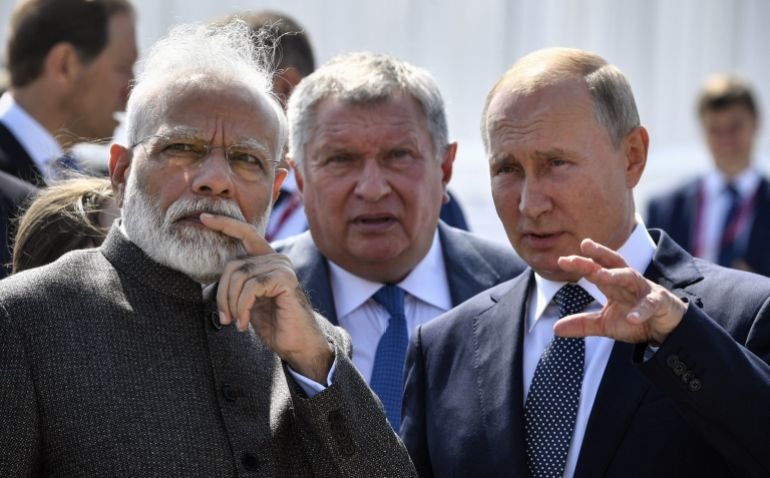Updated on: Aug 20, 2025 12:24 pm IST
National Security Advisor Ajit Doval and visiting Foreign Minister Wang Yi have agreed that both armies will adopt a non-offensive posture on the border.
India and China have recorded a significant forward movement on boundary resolution with both sides ready to begin work on delimiting the less contentious parts of the border and work towards permanent demarcation of the India-China border. The two sides agreed to the Indian proposal during the 24th round of India-China Special Representative talks between National Security Advisor Ajit Doval and his visiting counterpart Wang Yi on Tuesday.

While both sides are tight-lipped about the specific movement forward, NSA Doval and Foreign Minister Wang Yi have identified the less contentious areas: the three sectors of the border for delimitation and then demarcation of the border. First step towards this will be setting up of a technical expert group under the Working Mechanism for Consultation and Coordination on India-China Border affairs (WMCC), headed by a MEA joint secretary. Second step will be identifying pieces of land on the border where there is minimum friction from both sides. Third step will be the delimitation of these tracts of land on the border. Final step will be demarcation of the border with placement of pillars for the international boundary. Simply put, both India and China have decided to resolve the border through a piece-meal approach rather than a broad resolution so that early harvest adds to confidence building between the two Asian giants.

India and China have also moved towards next steps after disengagement is complete in the Eastern Sector after the May 2020 skirmishes. While the issue of buffer zones in contested areas is still to be resolved, both sides have agreed to work towards a direction of non-offensive posture by the two armies in East Ladakh and other areas of the border. The step towards non-offensive posture will be achieved through mutual sensitivity and autonomously so that there is no military threat to the other side in future. This is the first step towards de-escalation and involves pulling back of tanks, rockets and artillery from the Ladakh LAC to a non-threatening posture keeping in mind the geographies on both sides of the border. While the Indian Ladakh sector has formidable mountains and passes, the Chinese side has flat Tibet mountain plateau as a result of which the PLA can move much faster than the Indian Army in response.
As both sides have agreed to maintain peace and tranquility on the boundary for times to come, India and China are rapidly moving towards normalization of ties to the April 2020 era. While India understands the Chinese deep penetration into Pakistan and in the Indian sub-continent, the decision to move towards normalcy flows out of the October 23, 2024 meeting between PM Narendra Modi and President Xi Jinping.
With the two leaders set to meet again on August 31 at the SCO summit in Tianjin, stage is set for both countries to move towards closer yet practical engagement, keeping mutual interests in mind.


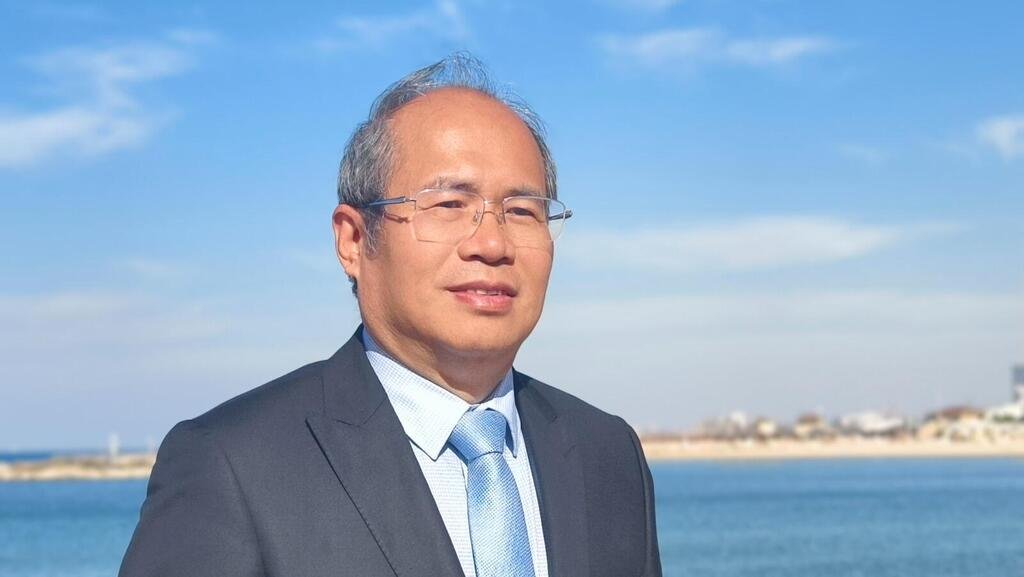

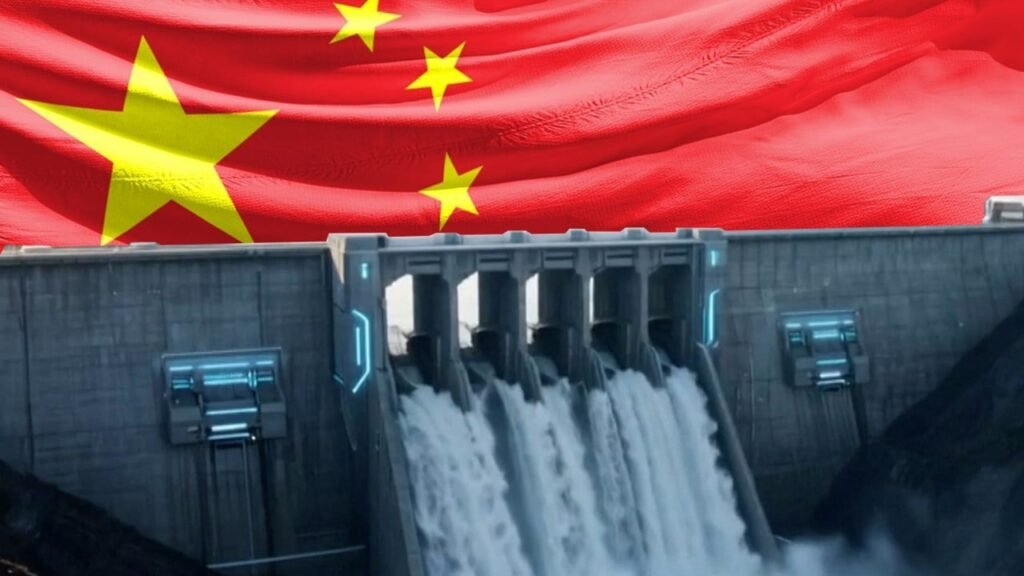
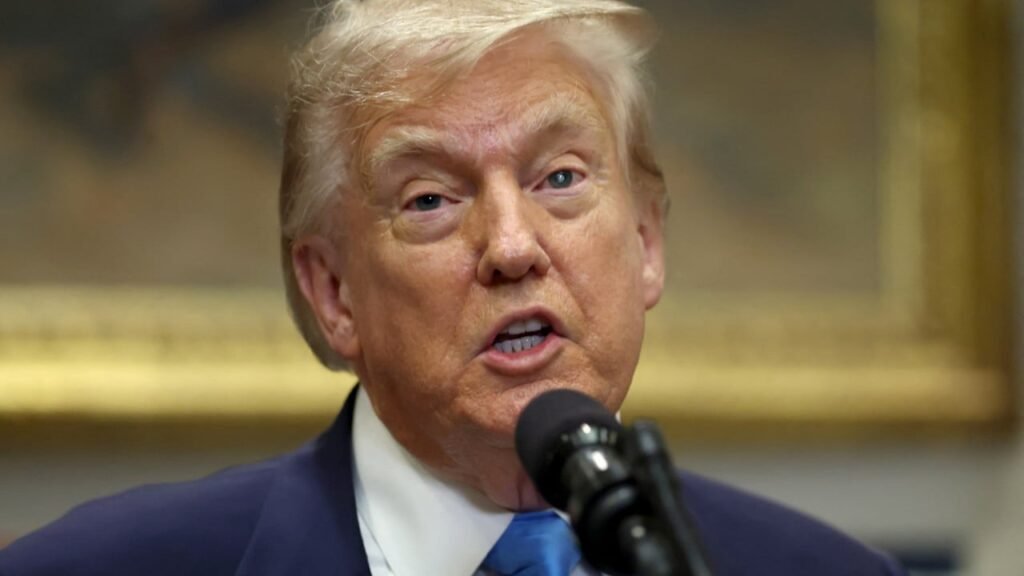
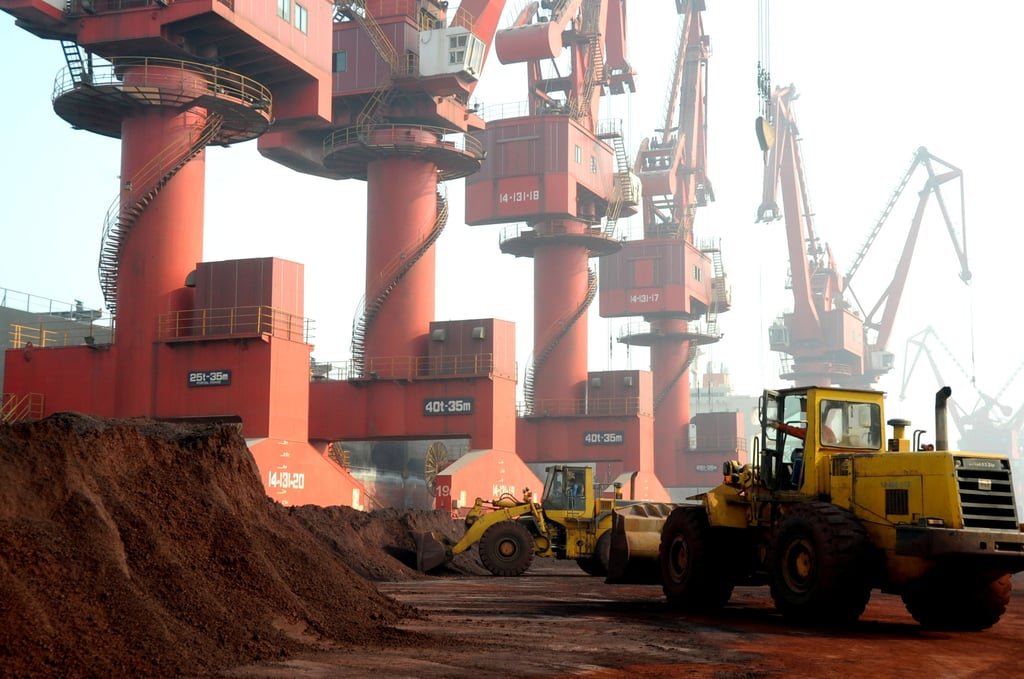
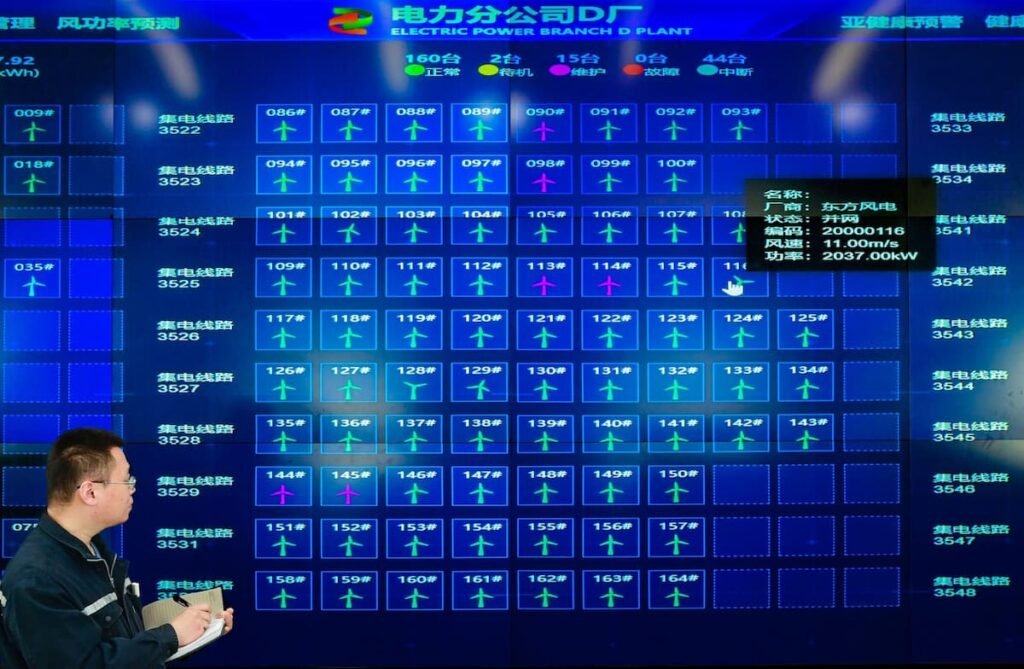
![[News] NVIDIA May Raise H20 Prices to Shield Profits but Confronts China’s Domestic Chip Push](https://koala-by.com/wp-content/uploads/2025/08/NVIDIA-Jensen-Huang-2-624x430.jpg)
